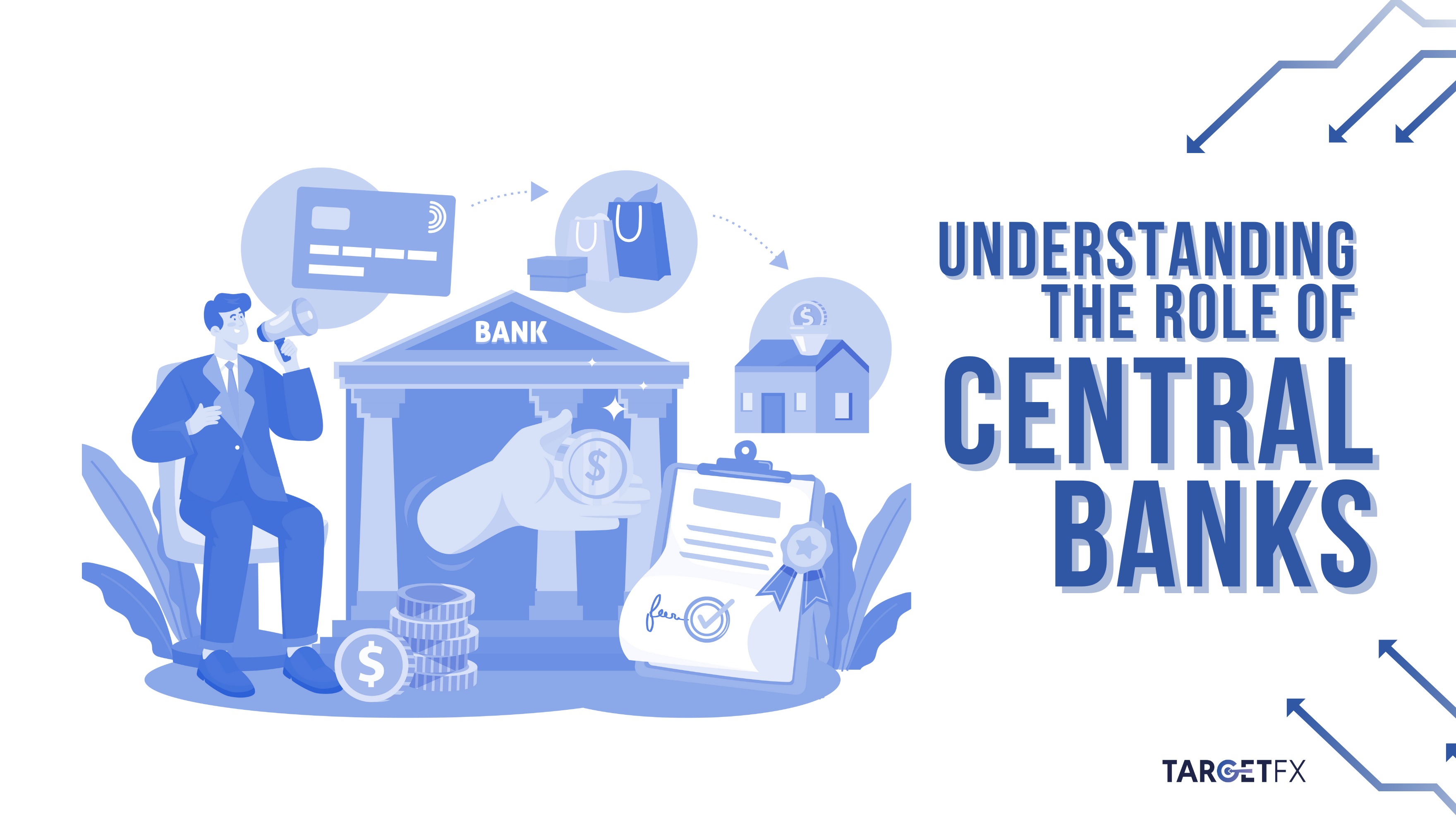Central banks are often seen as the backbone of a country’s financial system. Whether you’re an investor, trader, or simply interested in how financial markets work, understanding the role of central banks is crucial. They influence everything from inflation and interest rates to stock and bond markets. In this article, we will dive deep into how central banks impact financial markets.
What is a Central Bank?
Definition of a Central Bank
A central bank is a national institution that oversees the financial and banking systems of a country. Its primary goal is to maintain economic stability by regulating monetary policy and managing currency supply. Examples of central banks include the Federal Reserve in the United States, the European Central Bank (ECB), and the Bank of England.
Key Functions of Central Banks
Central banks are responsible for several critical tasks, such as:
- Controlling the money supply
- Setting interest rates
- Regulating inflation
- Ensuring financial stability
- Acting as a lender of last resort
Historical Context of Central Banks
Early Central Banking Systems
The concept of central banking dates back to the 17th century. Early central banks were established to manage government finances and regulate the currency. The Bank of England, founded in 1694, is one of the oldest and most influential central banks.
Evolution of Central Banking
Over time, central banks evolved to take on more responsibilities, including controlling inflation and ensuring the stability of the financial system. Today, they play a vital role in shaping the global economy.
Monetary Policy and Its Influence on Financial Markets
What is Monetary Policy?
Monetary policy refers to the actions central banks take to control the money supply and interest rates. By adjusting these factors, central banks can influence economic growth, inflation, and employment levels.
Interest Rate Adjustments
One of the primary tools central banks use is adjusting interest rates. Lowering interest rates can stimulate economic growth by making borrowing cheaper, while raising them can help curb inflation.
Quantitative Easing
Quantitative easing (QE) is another strategy central banks use to inject liquidity into the financial system. This involves buying government bonds and other assets to lower interest rates and encourage lending.
Central Banks and Inflation Control
Role of Central Banks in Managing Inflation
Inflation occurs when the prices of goods and services rise, reducing the purchasing power of money. Central banks aim to keep inflation under control by adjusting interest rates and controlling the money supply.
Tools Used for Inflation Control
To manage inflation, central banks use various tools, including:
- Open market operations
- Discount rates
- Reserve requirements
Regulating Financial Stability
Central Banks as a Lender of Last Resort
In times of financial crisis, central banks act as a lender of last resort to prevent bank failures. By providing emergency loans to financial institutions, they help maintain liquidity and prevent the collapse of the banking system.
Importance of Liquidity in Financial Systems
Liquidity refers to the availability of cash or assets that can quickly be converted into cash. Central banks ensure that financial institutions have enough liquidity to meet their obligations, which is vital for the smooth functioning of financial markets.
The Impact of Central Bank Decisions on Stock Markets
How Interest Rate Changes Affect Stock Prices
When central banks lower interest rates, borrowing becomes cheaper, which can lead to increased corporate profits and higher stock prices. Conversely, raising interest rates may reduce consumer spending and corporate earnings, negatively impacting stock prices.
Central Bank Announcements and Investor Sentiment
Market participants closely watch central bank announcements for clues about future policy changes. Positive or negative sentiment following these announcements can lead to significant market fluctuations.
Central Banks and the Bond Market
Influence of Central Banks on Bond Yields
Central banks directly influence bond yields through interest rate policies. When interest rates rise, bond prices generally fall, and yields increase. Conversely, when interest rates are lowered, bond prices rise, and yields decrease.
Bond Purchases and Quantitative Easing
As part of quantitative easing, central banks purchase large amounts of government bonds. This action pushes bond prices up and yields down, making borrowing cheaper and stimulating the economy.
The Role of Central Banks in Currency Markets
Managing Exchange Rates
Central banks play a significant role in managing a country’s exchange rate. By controlling interest rates and money supply, they can influence the value of their currency relative to others.
Currency Interventions
In some cases, central banks may directly intervene in currency markets by buying or selling their currency to stabilize its value.
Global Central Banks and Financial Markets
Federal Reserve (USA)
The Federal Reserve, or the Fed, is one of the most powerful central banks in the world. Its decisions on interest rates and monetary policy have a far-reaching impact on global financial markets.
European Central Bank (ECB)
The ECB manages monetary policy for the Eurozone. Its primary goal is to maintain price stability and control inflation.
Bank of Japan (BoJ)
The Bank of Japan has implemented a long-term policy of low interest rates and aggressive monetary easing to stimulate economic growth and combat deflation.
The Future of Central Banking
Challenges Facing Central Banks Today
Central banks face several challenges in the modern financial landscape, including low-interest rates, increasing debt levels, and economic uncertainty.
Central Banks and Cryptocurrencies
As cryptocurrencies like Bitcoin gain popularity, central banks are exploring how to regulate and potentially integrate digital currencies into the financial system.
Technological Innovations and Digital Currencies
Central banks are also looking into the development of central bank digital currencies (CBDCs) to modernize financial systems and provide a stable alternative to cryptocurrencies.



